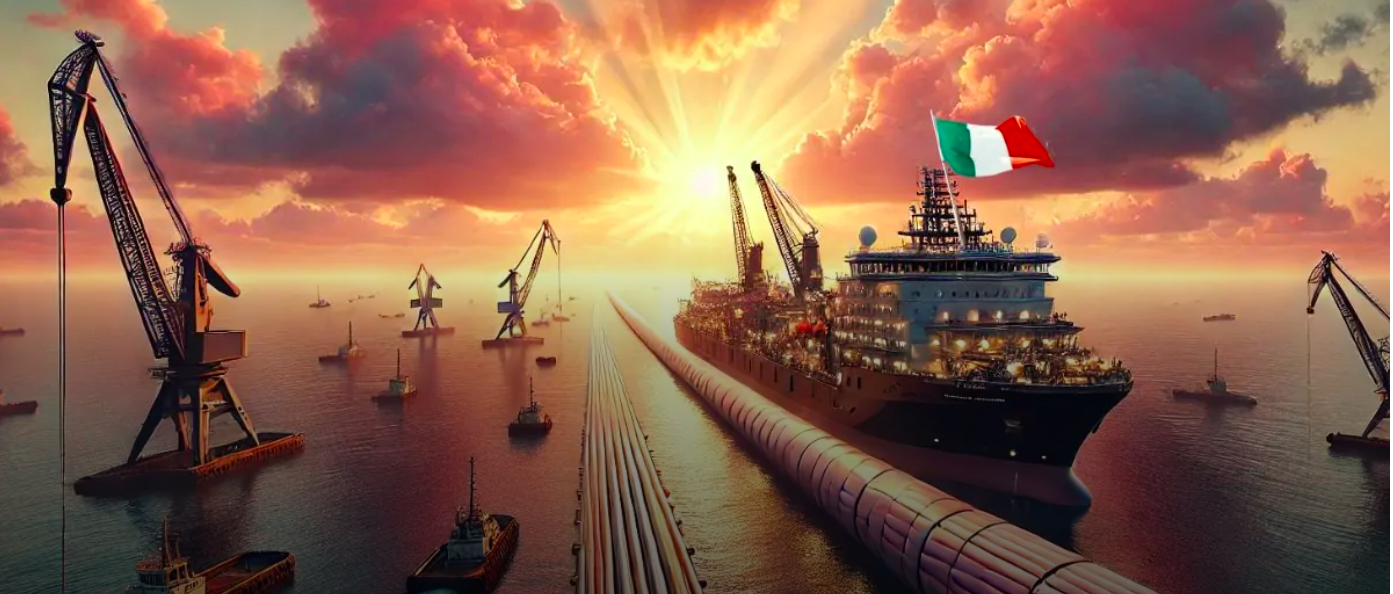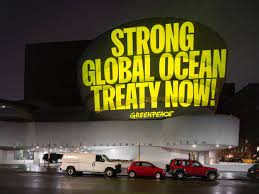Prysmian installs the world’s deepest submarine cable at a depth of 7,054 feet.
The Italian group Prysmian has achieved a technical feat by installing the deepest submarine cable ever laid, reaching a depth of 2,150 meters. This project marks a significant advance in cable technology for the energy sector.
A revolutionary cable for the deep sea
The cable, a 500kV HVDC MI (High Voltage Direct Current Mass Impregnated) model, has been specially designed to withstand the extreme conditions of the deep sea. Using a non-metallic shield made from high-modulus synthetic fibers (HMPE), this technology promises to revolutionize deep-water installations thanks to its light weight and enhanced strength.
Reduced environmental impact
The choice of non-metallic materials for the cable armouring not only reduces the weight of the cable in the water, making it easier to install, but also minimizes the environmental impact associated with the extraction and processing of the heavy metals normally used.
Enhanced capabilities for the energy industry
The cable laid by Prysmian plays a key role in the Tyrrhenian Link project, an electrical corridor stretching some 970 kilometers (602 miles) and linking Sicily, Sardinia and the Italian peninsula. The project aims to improve electricity exchange capacity between these regions and support the development of renewable energy in the Mediterranean basin.
Technical and economic benefits
The cable benefits from an innovative shielding technology that halves its weight in water compared with traditional steel solutions. This feature, combined with the use of Prysmian’s state-of-the-art cable-laying vessel Leonardo da Vinci, optimizes installation and maintenance operations.
Sustainable development and energy transition
The project is part of a global transition to cleaner, more sustainable energy sources. The installation of this cable contributes to the European effort to increase renewable energy production capacity and improve the reliability of power grids in a strategic region for solar and wind energy production.
International collaboration and future prospects
This submarine cable is a key element in the development of the Mediterranean Energy Hub, a project supported by nine EU states located around the Mediterranean. These joint efforts aim to promote energy interconnections and attract investment in renewable energies, essential for sustainable management of the region’s energy resources.
Source: Média24




